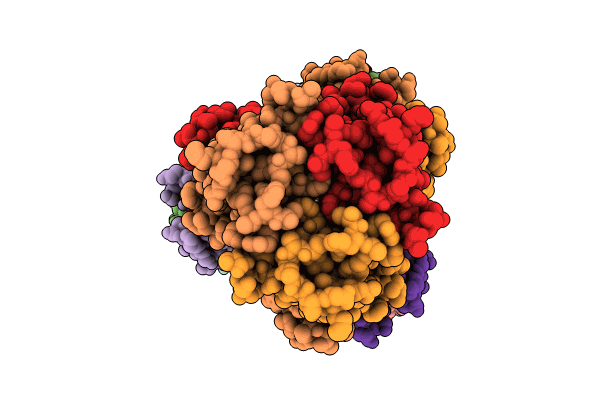
Deposition Date
2023-07-02
Release Date
2024-04-03
Last Version Date
2025-07-02
Entry Detail
Biological Source:
Source Organism:
Pseudomonas sp. VLB120 (Taxon ID: 69328)
Vicugna pacos (Taxon ID: 30538)
Vicugna pacos (Taxon ID: 30538)
Host Organism:
Method Details:
Experimental Method:
Resolution:
2.05 Å
Aggregation State:
PARTICLE
Reconstruction Method:
SINGLE PARTICLE


